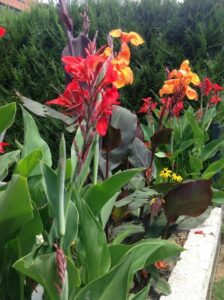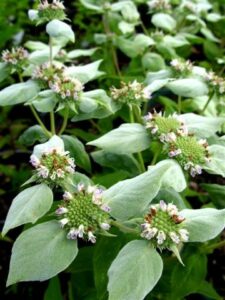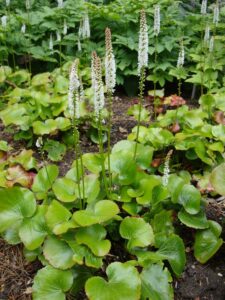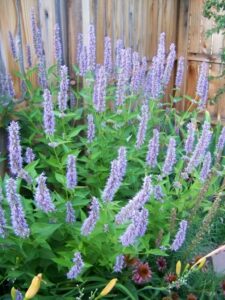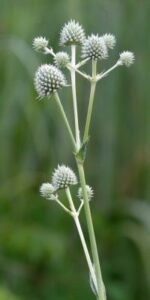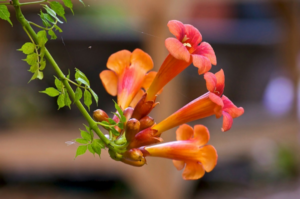August Garden Calendar
go.ncsu.edu/readext?812212
en Español / em Português
El inglés es el idioma de control de esta página. En la medida en que haya algún conflicto entre la traducción al inglés y la traducción, el inglés prevalece.
Al hacer clic en el enlace de traducción se activa un servicio de traducción gratuito para convertir la página al español. Al igual que con cualquier traducción por Internet, la conversión no es sensible al contexto y puede que no traduzca el texto en su significado original. NC State Extension no garantiza la exactitud del texto traducido. Por favor, tenga en cuenta que algunas aplicaciones y/o servicios pueden no funcionar como se espera cuando se traducen.
Português
Inglês é o idioma de controle desta página. Na medida que haja algum conflito entre o texto original em Inglês e a tradução, o Inglês prevalece.
Ao clicar no link de tradução, um serviço gratuito de tradução será ativado para converter a página para o Português. Como em qualquer tradução pela internet, a conversão não é sensivel ao contexto e pode não ocorrer a tradução para o significado orginal. O serviço de Extensão da Carolina do Norte (NC State Extension) não garante a exatidão do texto traduzido. Por favor, observe que algumas funções ou serviços podem não funcionar como esperado após a tradução.
English
English is the controlling language of this page. To the extent there is any conflict between the English text and the translation, English controls.
Clicking on the translation link activates a free translation service to convert the page to Spanish. As with any Internet translation, the conversion is not context-sensitive and may not translate the text to its original meaning. NC State Extension does not guarantee the accuracy of the translated text. Please note that some applications and/or services may not function as expected when translated.
Collapse ▲Landscape Plants & Trees in Flower:
*Cari’s Favorites |
|
Fertilizing:
- Strawberries will benefit from a feeding of nitrogen fertilizer this month.
- Do NOT fertilize shrubs in August, September, October, or November.
Planting:
- Plant pansy seed this month in flats for planting in the landscape in
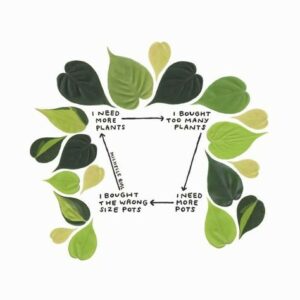 September.
September. - Plant fall bulbs like: Spider lily (lycoris), colchicum (autumn crocus), and sternbergia.
- Sow seed of the following perennials: hollyhock, delphinium, and stokesia to produce healthy plants for next spring.
- Continue repotting house plants. This will give the plants time to acclimate to their new space before cooler weather arrives.
- Plant fall vegetables like: beets, Chinese cabbage, cucumber, kale, kohlrabi, lettuce, mustard, radish, rutabaga, spinach, squash, and turnip.
- Order seeds for your fall vegetable garden.
- Start making plans for landscape additions Fall is the best time to plant trees and shrubs in the landscape. August is a good time to analyze your site and make decisions on what to plant this coming fall.
- Divide and transplant your iris and daylilies (late this month through September).
Pruning:
- Don’t prune or fertilize landscape shrubs for the remainder of the year to allow them to prepare for dormancy. Properly acclimated plants have a greater degree of winter hardiness.
- Prune bleeder trees as needed. Maple, Birch, Dogwood, Elm, etc.
- Roses – prune leggy plants ONLY.
- Brambles – (Blackberry and Raspberry) Prune out the wood that bore fruit. Cut canes to ground level.
- Blueberries – prune to desired height.
Spraying:
- Spray the following fall vegetables for insects: broccoli, cabbage, and cauliflower (worms), squash (borers).
- Continue weekly sprays on bunch grapes and tree fruits.
- Control the following woody weeds by spraying them with the recommended herbicide: greenbriar, kudzu, trumpet creeper, and wisteria.
Lawn Care:
- Treat (if needed) lawn areas for grubs. Use the recommended insecticides.
- In late August, prepare the lawn areas for seeding if you plan to have a tall fescue or bluegrass lawn.
- Late summer is the most effective time to control fire ants with baits.
- August is the last month to fertilize bermudagrass, St. Augustinegrass, and zoysiagrass. It is recommended to apply 1 pound of Nitrogen per 1,000 square ft.
- Mow fescue turf at 3-4 inches for best quality & to avoid scalping/scorching
- Remember to change direction when moving your lawn. Travel north to south on one mowing and east to west on the next cutting
- Take soil samples for testing and to prepare for fertilizer applications in the fall. Soil boxes are available at the N.C. Cooperative Extension, Alexander County Center (Free until December 1!)

Specific Chores:
- Rake around fruit trees to remove fallen leaves and dropped fruit. This will help break up the life cycles of destructive insects and disease-producing organisms that might overwinter in the leftover plant material.
- Continue harvesting mature cucumbers, squash, green beans, indeterminate tomatoes, and okra plants at least once or twice a week to maximize production.





